Sustainable energy is a form of energy that meet our today’s demand of energy without putting them in danger of getting expired or depleted and can be used over and over again. Sustainable energy should be widely encouraged as it do not cause any harm to the environment and is available widely free of cost. All renewable energy sources like solar, wind, geothermal, hydropower and ocean energy are sustainable as they are stable and available in plenty.
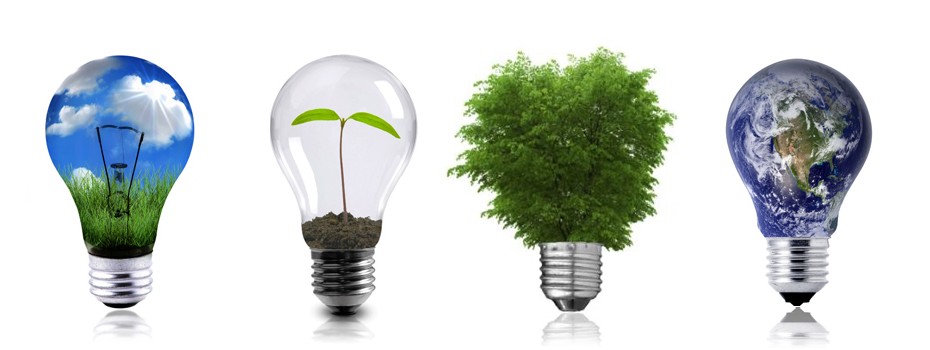
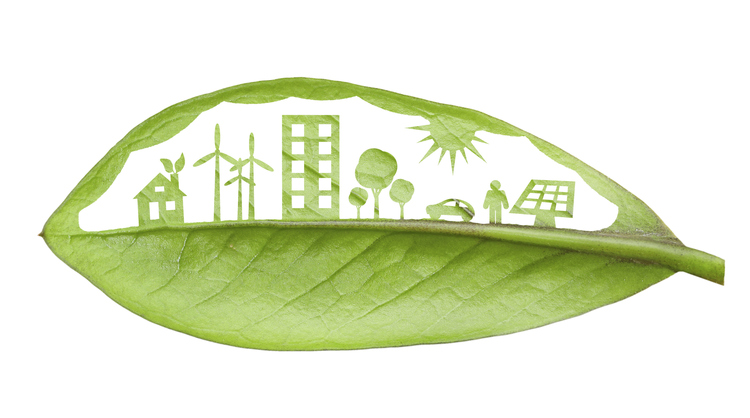
During ancient times, wood, timber and waste products were the only major energy sources. In short, biomass was the only way to get energy. When more technology was developed, fossil fuels like coal, oil and natural gas were discovered. Fossil fuels proved boom to the mankind as they were widely available and could be harnessed easily. When these fossil fuels were started using extensively by all the countries across the globe, they led to degradation of environment. Coal and oil are two of the major sources that produce large amount of carbon dioxide in the air. This led to increase in global warming.
Solar energy is the best form of sustainable energy. This energy manifests itself in to forms. There is the light and the heat. Both of these forms are equally important to us in our day to day living and other forms of life. For instance, the plants need the light to grow and generate food while man needs the heat energy to maintain body temperature and power their homes and industries. This means that it is the greatest form of sustainable energy. It can be used two folds with greater results as needed. This only serves to generate confidence and ensure that we live the way we intended without causing further harm to the environment.
Wind is a sustainable energy source. It is available naturally and can be tapped to produce vast amounts of power that can be used in many ways and places. For instance, sailors tap this energy to help the ship propel through its various directions to distant shores for trading. Nowadays, this energy sources is being commercialized. There are many companies that have invested heavily on power grids and windmills to tap into this energy source. The energy generated can be sold to other people to power their homes and industries. In the near future, sustainable energy like wind power will be a big industry and the fossil fuels exploration will have halted and no longer being used.
A fuel cell is a device that converts chemical potential energy (energy stored in molecular bonds) into electrical energy. A PEM (Proton Exchange Membrane) cell uses hydrogen gas (H2) and oxygen gas (O2) as fuel. The products of the reaction in the cell are water, electricity, and heat. This is a big improvement over internal combustion engines, coal burning power plants, and nuclear power plants, all of which produce harmful by-products,We are working for the production of cheap and reliable hydrogen fuel cells.
Hydrogen is the simplest element. An atom of hydrogen consists of only one proton and one electron. It's also the most plentiful element in the universe. Despite its simplicity and abundance, hydrogen doesn't occur naturally as a gas on the Earth - it's always combined with other elements. Water, for example, is a combination of hydrogen and oxygen (H2O)
A solid oxide fuel cell (or SOFC) is an electrochemical conversion device that produces electricity directly from oxidizing a fuel. Fuel cells are characterized by their electrolyte material; the SOFC has a solid oxide or ceramic electrolyte. Advantages of this class of fuel cells include high combined heat and power efficiency, long-term stability, fuel flexibility, low emissions, and relatively low cost.
Vertical farming or high-rise farming is a proposed indoor, urban farming technology involving large-scale agricultural production in multi-story buildings. It is the practice of producing food and medicine in vertically stacked layers, vertically inclined surfaces and/or integrated in other structures (such as in a skyscraper, used warehouse, or shipping container). It is an intensive farming strategy which mainly employs advanced techniques such as hydroponics and aeroponics to produce crops like fruits, vegetables and edible mushrooms continuously. It also includes the raising of livestock and fishes indoor.
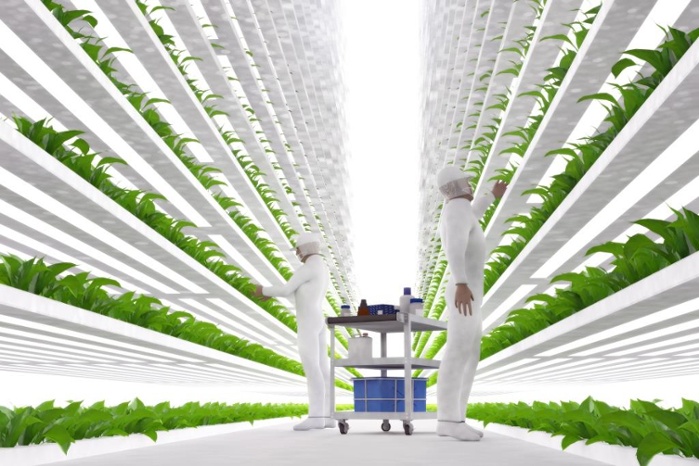
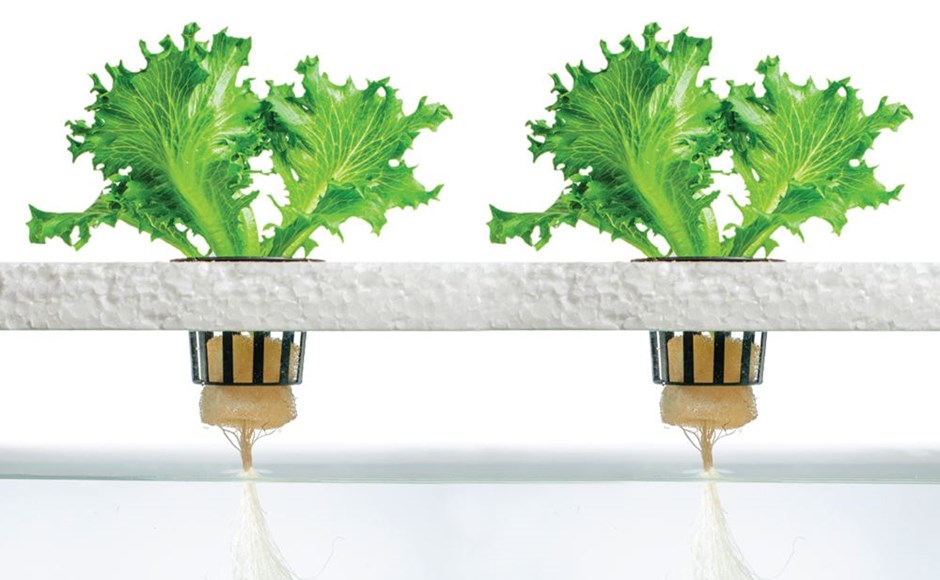
The predominant growing system used in vertical farms, hydroponics involves growing plants in nutrient solutions that are free of soil. The plant roots are submerged in the nutrient solution, which is frequently monitored and circulated to ensure that the correct chemical composition is maintained.
An aquaponic system takes the hydroponic system one step further, combining plants and fish in the same ecosystem. Fish are grown in indoor ponds, producing nutrient-rich waste that is used as a feed source for the plants in the vertical farm. The plants, in turn, filter and purify the wastewater, which is recycled to the fish ponds.
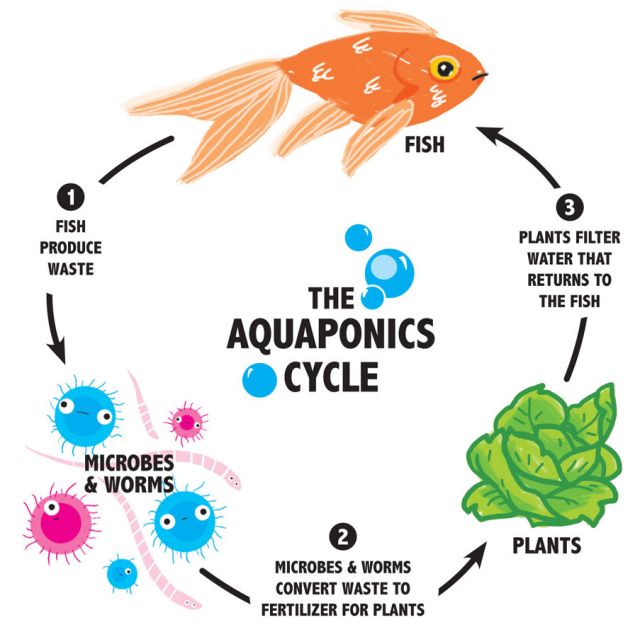

The National Aeronautical and Space Administration (NASA) is responsible for developing this innovative indoor growing technique. In the 1990s, NASA was interested in finding efficient ways to grow plants in space and coined the term “aeroponics,” defined as “growing plants in an air/mist environment with no soil and very little water.”